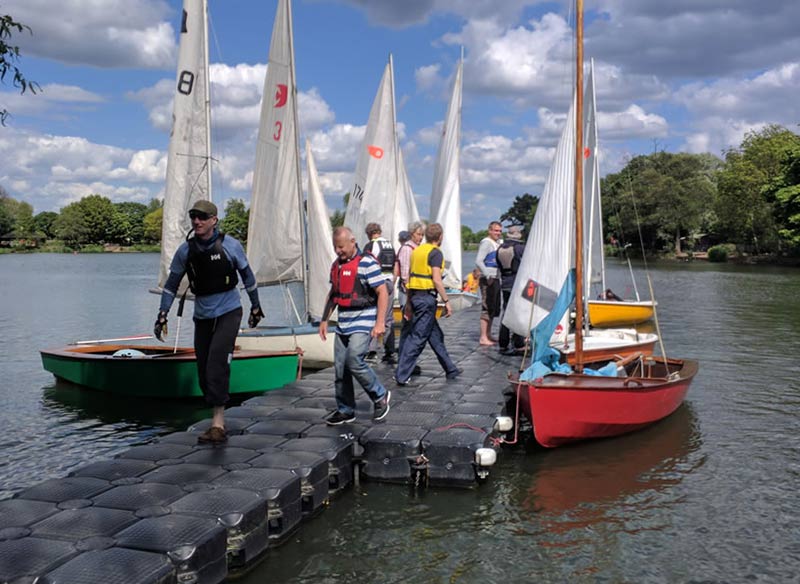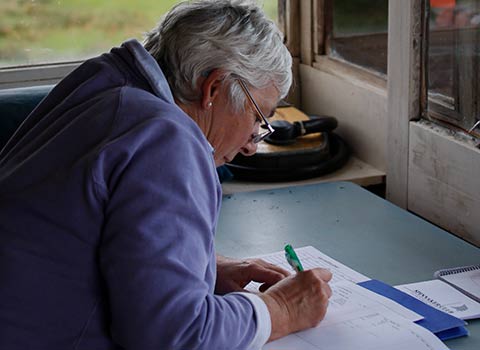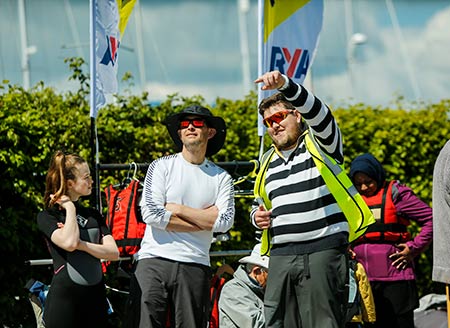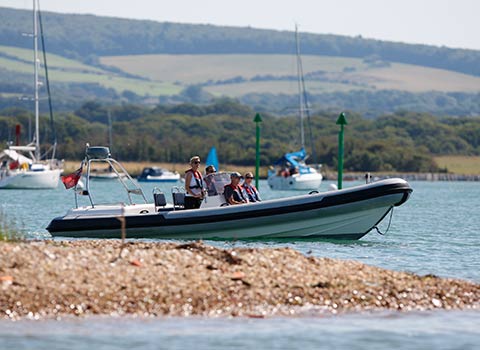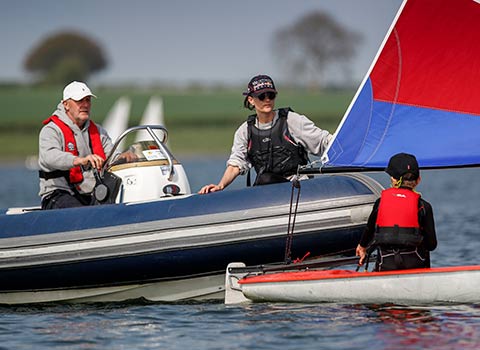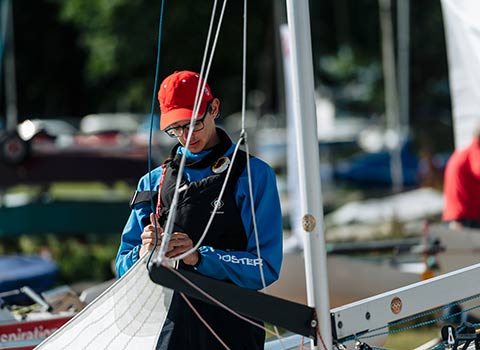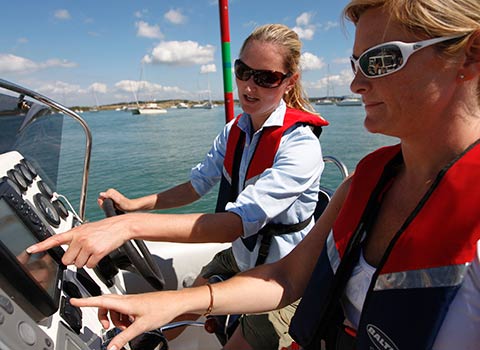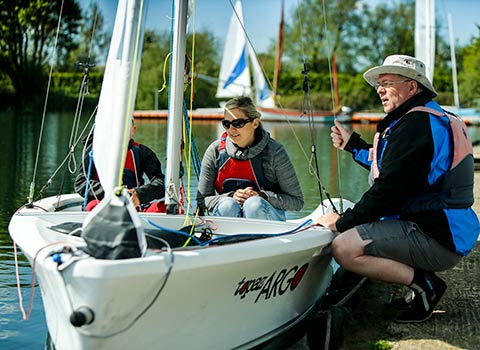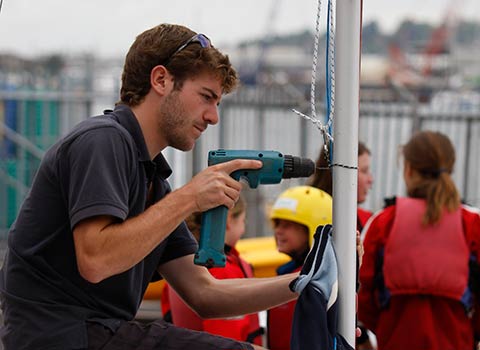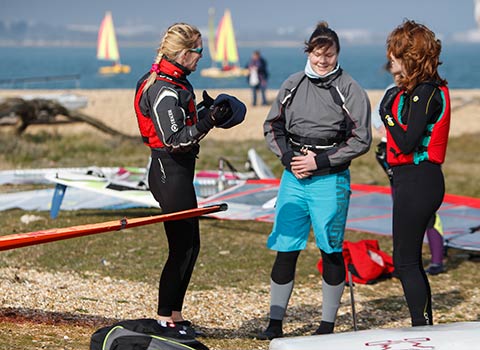Scope and responsibilities defined
Your organisation will have a duty of care to everyone involved in your activities
Define the scope of your safety management system and the responsibilities of all involved by:
- Describing your organisation and the relationship participants have to it
- Writing a policy for safety on the water
- Listing roles and responsibilities for safety critical roles
- Making commitments to treat everyone fairly and avoid discrimination by producing an equality policy
- Making commitments to safeguard children and adults by producing safeguarding policies.
Your organisation
Describe in broad terms the organisation that is accountable for the activity being delivered because the duty of care to keep everyone safe, legal responsibilities, and regulations you may have to meet, will vary according to the type of organisation you are and the activities you deliver. Not only will this help you define the scope of your safety management system, but clarity about the nature of your organisation and its relationship with participants can also provide assurance to everyone involved.
Your description should include
- Identifying the organisation responsible for the activity, and its legal status
- The relationship participants need to have with the organisation to get on the water – for example, do you have a membership, do you have to be a member to get on the water?
- The type of activity you deliver and a description of the sailing areas (inland, river, coastal, at sea etc)
- The vessels and equipment you own or use to enable activity on the water (whether provided to staff / volunteers or participants, and including any equipment to get people or boats on and off the water)
- The age of participants who can get on the water, particularly if any are under 18 years
- Your links to any governing body, landlord, authority, or regulators – both local and national
- Other organisations you work with or link with who are delivering similar activities on the same stretch of water.
The description should be concise and in broad terms.
Questions to ask - Your organisation
Find out more about Adventure Activity Licensing Authority.
Safety on the water policy
Set out your general approach to safety on the water, how you will manage it and who does what, when and how – a statement of intent if you like.
A statement of intent may be part of an organisation wide health and safety policy that covers all the activities of the organisation, or it may be part of your Standard Operating Procedures for on the water activity.
The legal requirement to write a health and safety policy is set in the Health and Safety at Work Act (1974). If you have 5 or more employees (a contract of employment exists) you must write your policy down. If you have less than 5 employees you don’t have to write it down but is useful to do so.
Organisations who don't have employees still have a duty to carry out activities in such a way that all those involved are not exposed to risks to their health and safety.
If you do write a safety policy
- Aim for something that is functional and concise
- Share it with everyone involved in the organisation – it’s an important part of safety assurance
- Check you are doing everything you say you are doing in the statement / policy.
One size does not fit all affiliated organisations as there is such a diversity in terms of organisations, facilities, activities, location, and mix of staff or volunteers. It is important your policy is tailored to meet the requirements of your organisation, its premises, its activities and its people.
Your policy, your intent, should state the fundamental importance of safety to your organisation, your aims and philosophy in relation to safety, and the commitment you have made to managing the safety of everyone involved in the organisation’s activities, including a commitment to consult with members, volunteers and staff.
Your policy should be in broad terms. The statement should be signed, dated and reviewed regularly.
Questions to ask - Safety on the water policy
Find out more about:
Roles and responsibilities
Make a list of the names, positions and roles of people or committees in your organisation who have specific responsibilities for safety on the water.
The list is likely to include
- Overall and final responsibility for safety (an individual or managing committee / governing body of the organisation)
- Lead responsibility for putting the safety policy into practice on the water
- Roles that are responsible for specific sessions, events or activities
- Roles in vessels – either with participants, or on a safety boat
- Responsibilities of participants and members.
The list should include the role and a brief description of what they are responsible for. Not every role will have a name identified with it, either because it is a committee or because a separate list exists (e.g. Officers of the day, Race Officers, Competent helms).
Questions to ask - Roles and responsibilities
Equality
Equality is at the heart of ensuring activity on the water is safe, fun and open. Embracing diversity and challenging discrimination are commitments that will help give people the assurance they need so they feel able to take part.
There are a number of steps organisations can take
- Adopt an equality policy
- Review all your rules, practices and procedures to check you are not discriminating on the grounds of a protected characteristic
- Make sure everyone involved with your activities feels able to raise concerns about how they or others are treated.
Questions to ask - Equality
Find out more about RYA equality, diversity and inclusion strategy.
Safeguarding
Safeguarding is about
- The protection of people’s physical and mental health, their wellbeing, and their human rights
- Giving assurance to children and adults, parents and carers they are safe when they take part in your activities
- Raising awareness amongst everyone involved so they know what to do if they are concerned about anyone
- Protecting volunteers and staff with practical common sense advice
- Protecting the organisation by taking all reasonable steps to provide a safe environment.
There are a number of steps organisations are advised to take
Adopt a policy statement (Separate or joint policies are acceptable) that defines your organisation’s commitment to providing a safe environment.
Produce a code of conduct for everyone involved so they know what is expected of them in terms of respect and understanding of others.
Detail procedures that set out what your organisation does step by step to safeguard everyone involved, to include: safe recruitment of staff and volunteers, good practice guidelines around safety and welfare, and handling of concerns or complaints
Appoint a welfare officer and make everyone aware of the policy, code of conduct, procedures and who the welfare officer is.
Questions to ask - Safeguarding
There is a wealth of advice and support for clubs and welfare officers around safeguarding – everything from webinars and training, access to online DBS checks, guidance on safe event planning, access to resources, to policy templates that can be adapted to suit your organisation.
Find out more about RYA Safeguarding support for clubs, classes and class associations.
Remember
You can get detailed advice from the RYA about your legal responsibilities and liabilities, and in relation to the regulations or licensing that may be relevant to the activity you deliver and vessels you own. Email affiliates@rya.org.uk in the first place.

